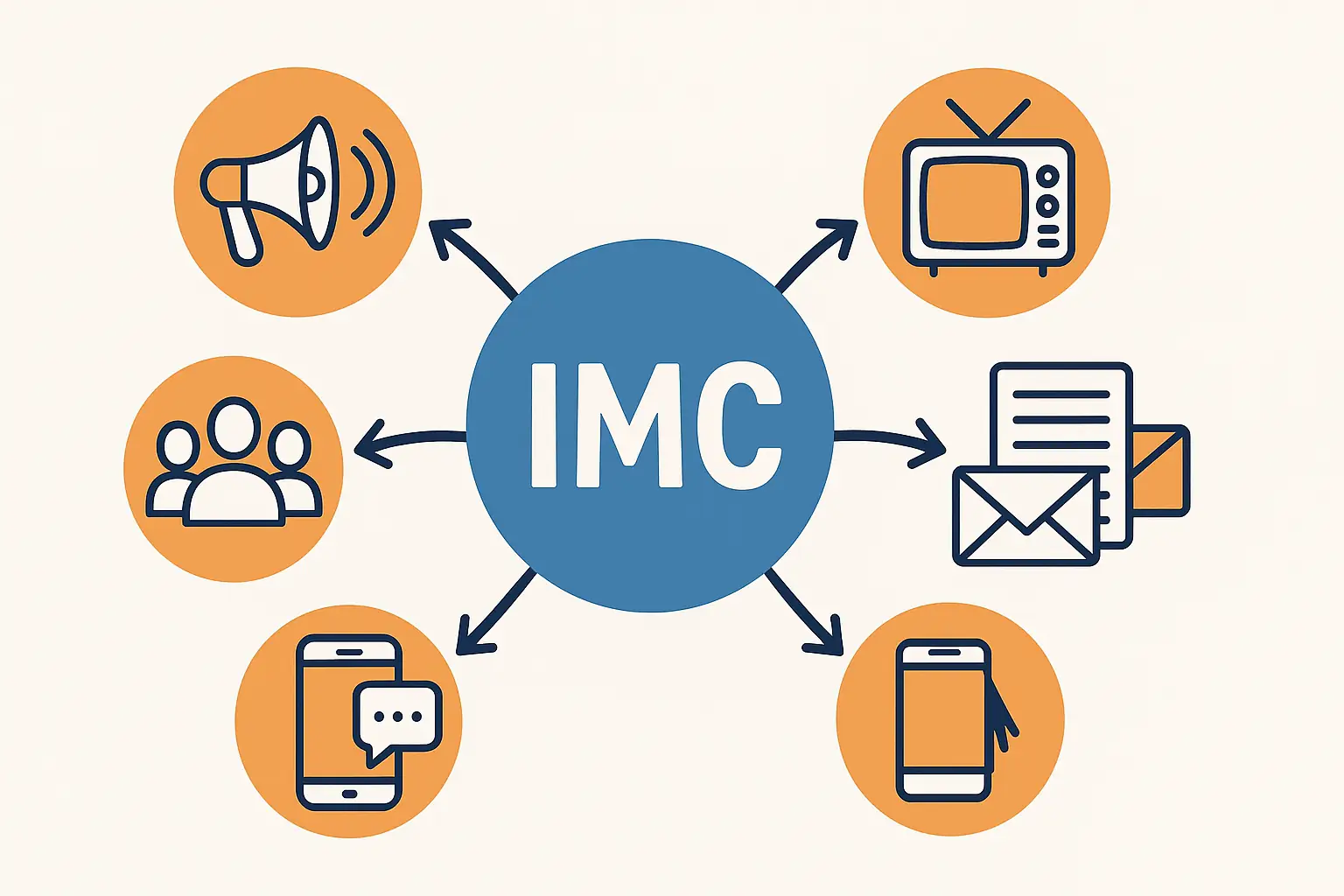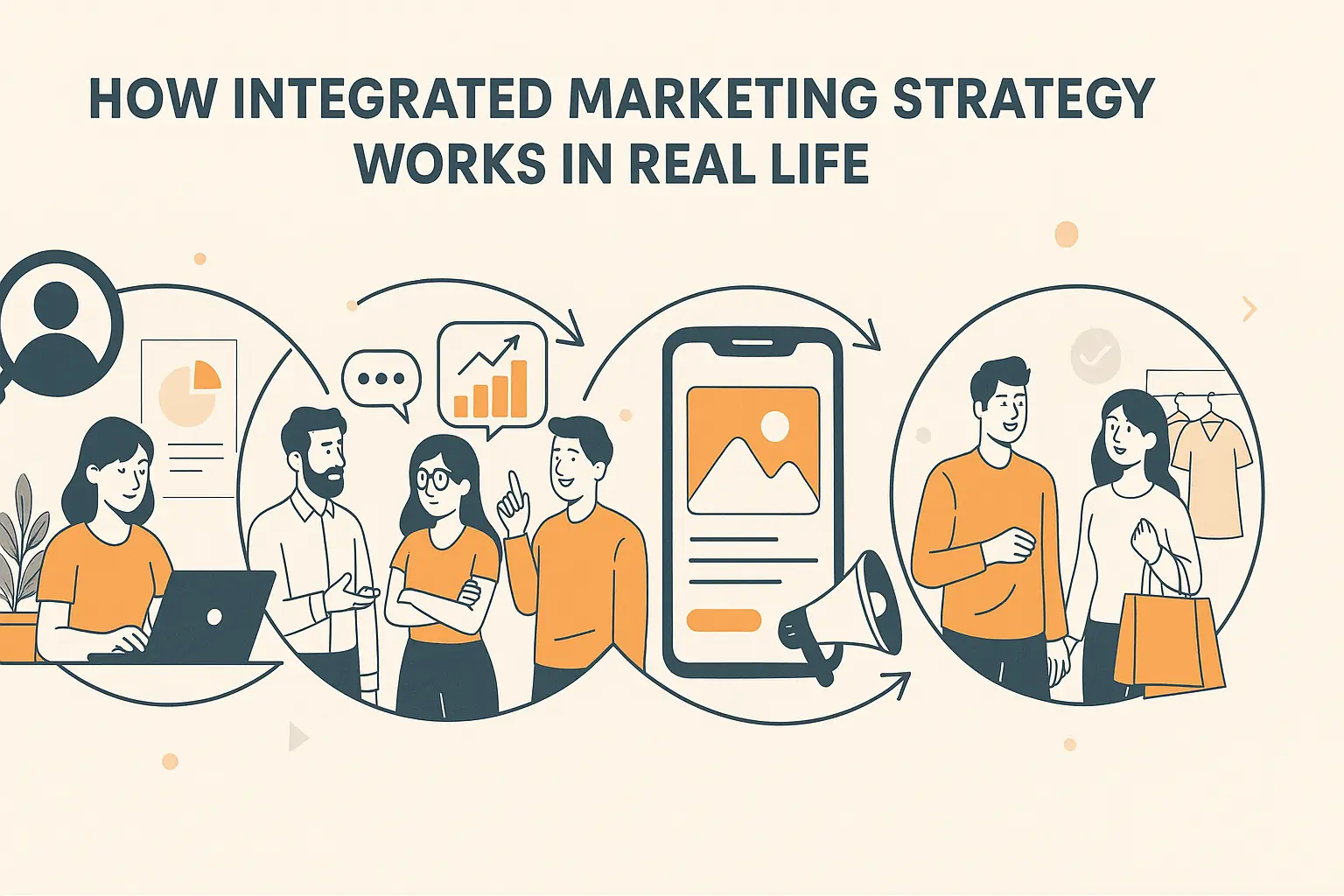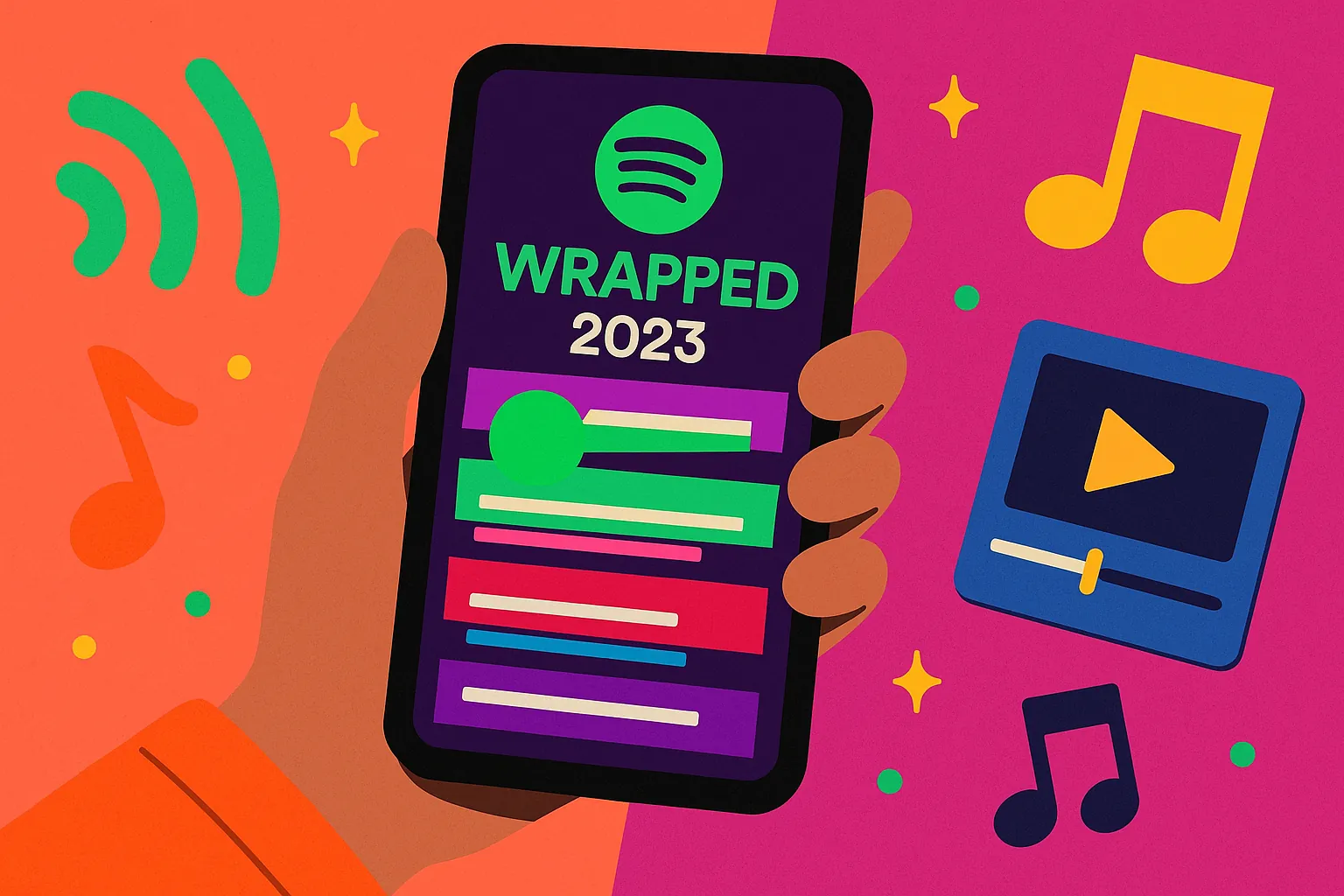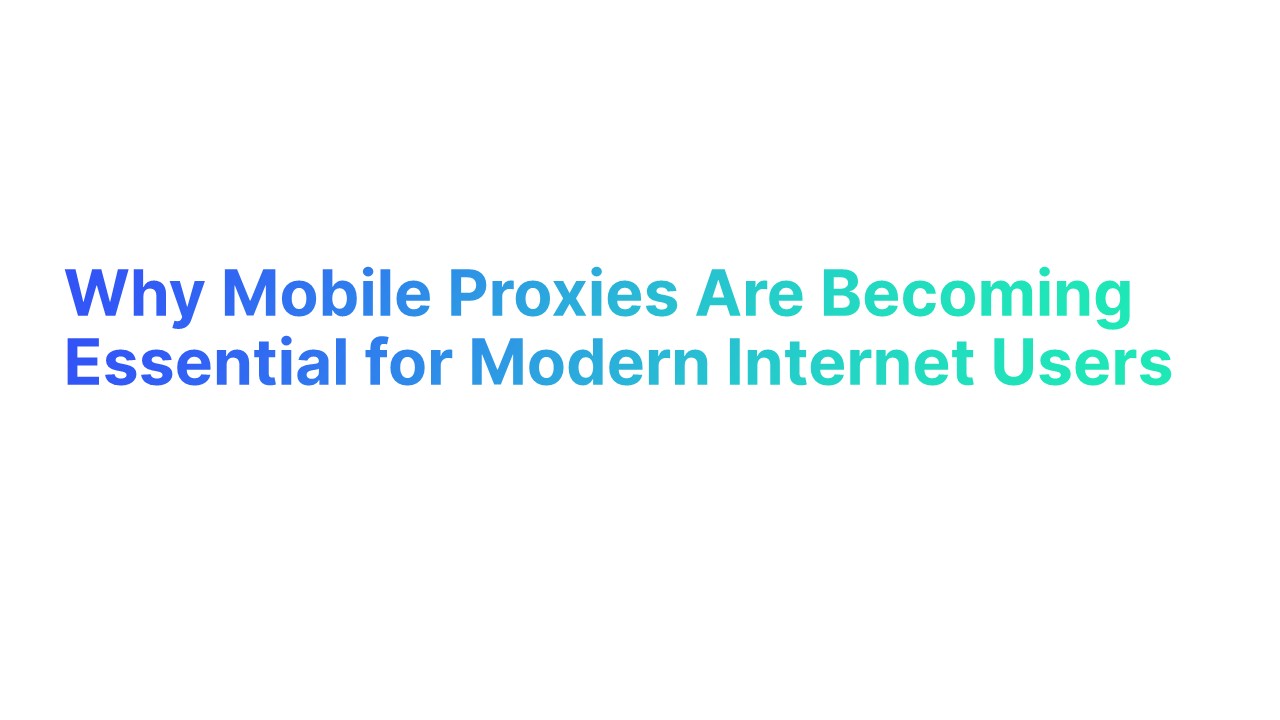Ever feel like your brand’s messages are all over the place — one thing on Instagram, another in your emails, and something totally different on your ads? You’re not alone.
According to HubSpot’s 2024 State of Marketing Report, over 63% of marketers admit that keeping a consistent brand message across platforms is their biggest challenge.
That’s where integrated marketing steps in — the strategy top brands like Nike and Coca-Cola swear by to stay recognizable everywhere.
In this guide, you’ll learn what integrated marketing really means, why it works, and how you can use it to make every campaign feel connected, credible, and downright effective.
Ready to make your marketing finally make sense? Let’s dive in.
What is Integrated Marketing?

Have you ever seen a brand that looks and sounds the same on Instagram, YouTube, and TV? That’s integrated marketing in action.
It means every part of your marketing strategy — from social media campaigns and digital marketing to print ads and public relations — works together to share one clear and consistent message.
According to HubSpot (2024), 63% of marketers say keeping their brand message consistent across multiple channels is their biggest challenge.
Integrated marketing solves that problem by connecting all your marketing efforts — so your target audience always knows it’s you, no matter where they see your ad. That’s what makes integrated marketing important — it keeps your message clear and your audience engaged.
Why Integrated Marketing Is Important for Every Brand

Integrated marketing helps you look professional, stay memorable, and make every ad count. Let’s look at why it’s essential for every business — big or small.
1. Builds a Strong and Consistent Brand Image
A unified brand is easier to remember. When your marketing campaigns and social media platforms show the same design, tone, and idea, people start trusting you. Lucidpress found that consistent branding can increase revenue by 23%. That’s a big win for any business.
2. Maximizes Return on Every Marketing Effort
When your marketing teams share one strategic approach, you save time and money. The same visuals, videos, and ideas can be reused across different marketing channels like tv ads, online ads, and social media. That means better results with less work.
3. Strengthens Customer Trust and Brand Loyalty
People trust brands that stay true to their word. If your marketing messages match across all platforms, customers see you as reliable. Consistency creates brand loyalty — because customers know exactly what to expect every time.
4. Helps You Reach the Right Target Audience
An integrated marketing strategy helps you understand your audience better. You can use customer data and audience research to create messages that fit their needs. For example, a digital ad can reach new leads, while an email campaign can convert them into customers.
5. Creates Seamless Customer Experiences
Your target audience moves between different platforms — Instagram, YouTube, and Google. Integrated marketing campaigns make sure they get the same story everywhere. Whether it’s your marketing channel, website traffic, or direct mail, everything feels connected.
6. Keeps You Competitive in a Noisy Market
The internet is crowded. To stand out, you need one strong, clear voice. A solid integrated marketing approach helps you stay visible across multiple marketing channels and stay ahead of competitors who send mixed signals. Strong marketing strategies keep every campaign focused and easy to measure.
“When marketing is consistent, trust follows — and trust is what builds great brands.” — Seth Godin
The Core Concept: Integrated Marketing Communications Explained

Integrated Marketing Communications (IMC) is the heart of every marketing strategy today. It means making sure all your marketing channels — from digital marketing and social media to tv ads and public relations — share one consistent message.
When your marketing campaigns work together, your brand feels clear, reliable, and easy to recognize. It helps you connect better with your target audience and build long-term trust.
According to Statista (2024), over 70% of businesses that use an integrated marketing communication approach say it improves their brand visibility and customer response.
Here’s how IMC works in real life:
- Every team — from your marketing team to your channel managers — follows one strategic approach.
- All ads and content across multiple channels support the same goal.
- It blends direct marketing, social media campaigns, and print ads into one smooth story.
“Your brand is what people say about you when you’re not in the room.” — Jeff Bezos
How Integrated Marketing Strategy Works in Real Life

1. It Starts with Knowing Your Target Audience
Every successful marketing campaign begins with understanding your people — their needs, habits, and favorite social media platforms.
Here’s how to do it right:
- Use audience research and customer data to find who buys your product and why.
- Segment your audience by interests, age, or location.
- Match your marketing messages to what matters most to them.
Example: A coffee brand might use digital ads for young professionals and print ads for older customers who still love magazines. Both audiences get the same story — just told on different platforms.
“The best marketing doesn’t feel like marketing.” — Tom Fishburne
2. Aligning Marketing Teams Around One Message
The magic of integrated marketing communications lies in teamwork. When every marketing team — from social media managers to public relations experts — follows one strategic approach, your brand sounds confident and unified.
Here’s what alignment looks like:
- All teams work from the same marketing plan and share goals.
- Channel managers coordinate to avoid duplicate content or mixed messages.
- Everyone uses the same tone, brand voice, and visuals across all your channels.
This kind of teamwork helps you save money, avoid confusion, and keep your audience engaged from the first click to the final sale.
3. Using Multiple Marketing Channels Strategically
A good integrated marketing strategy isn’t about being everywhere — it’s about being smart everywhere. Each marketing channel has its purpose, and they all support the entire campaign.
Here’s how brands do it:
- Use social media campaigns to start conversations and share user-generated content.
- Run tv ads or google ads for mass visibility.
- Send email newsletters or direct mail for a personal touch.
- Keep everything connected with a unified marketing communication plan.
This approach helps maintain a strong brand messaging while guiding customers through their customer lifecycle — from discovery to loyalty.
4. Turning Data into Real-Time Decisions

Data is the fuel behind every strong integrated marketing strategy. It helps brands understand what’s working — and what’s not. By tracking customer interactions, website traffic, and google ads performance, you can make smarter moves fast.
Here’s how it works:
- Collect customer data from all your marketing channels — social, email, and public relations.
- Use marketing analytics tools to spot what your target audience loves most.
- Update your marketing campaign in real-time instead of waiting weeks.
For example, if a digital ad gets better clicks than a print ad, shift your focus there.
5. Blending Traditional and Digital Marketing
A winning integrated marketing campaign blends old-school and new-age methods. That means combining tv ads, direct mail, and print ads with social media campaigns and online ads.
Why this works:
- Some people trust traditional marketing — they notice billboards and newspaper stories.
- Others engage more with digital marketing — they scroll through social media platforms and respond to email marketing.
- When you mix both, your marketing strategy reaches every corner of your target audience.
Think of Coca-Cola. Their integrated marketing campaigns include TV spots, YouTube videos, and social posts — all telling the same story. That’s consistent messaging in action.
6. Keeping Brand Voice Consistent Everywhere
Your brand voice is what makes people recognize you instantly — whether they see your ad on social media or hear it on the radio. A consistent message across multiple marketing channels builds trust and brand loyalty.
Here’s how to stay consistent:
- Use one tone and look in all marketing communications.
- Keep visuals and language aligned across different platforms.
- Train your marketing team to follow one strategic approach — whether they handle digital communications or public relations.
When every marketing channel tells the same story, customers feel they know your brand — and that’s what drives loyalty.
7. Measuring Campaign Success and Adapting
Every integrated marketing campaign needs to be tracked. You can’t improve what you don’t measure. Measuring helps you see if your marketing strategy connects with your target audience across all marketing channels.
What to Measure:
- Track your key performance indicators (KPIs) like website visits, engagement, and conversion rates.
- Check if your digital marketing ads, social media campaigns, and print ads bring real results.
- Compare which marketing channels perform best — this helps plan future campaigns better.
How to Adapt:
- Use customer data to find what messages people respond to.
- Adjust your marketing communications if something doesn’t work.
- Keep testing — that’s how you grow.
Advanced Strategies for a High-Impact Integrated Marketing Campaign

1. Start with a North Star Metric for Every Campaign
Every integrated marketing campaign needs one clear goal — your North Star Metric. This could be website traffic, email sign-ups, or sales conversions. It keeps your marketing team focused and helps you track progress across all marketing channels.
How to do it:
- Set one goal that matches your target audience’s behavior.
- Use customer data and audience research to identify what drives engagement.
- Monitor results daily using key performance indicators (KPIs).
Example: A digital brand might track “new customer sign-ups” as its main metric, ensuring all social media and digital marketing efforts lead toward that goal.
2. Craft Platform-First Creative Variations
Every platform has its own style — a one-size-fits-all ad won’t work. Create marketing messages that fit each channel while keeping your brand voice consistent.
What to do:
- Customize visuals for social media platforms, Google Ads, and email marketing.
- Keep tone and design true to your brand, even when the format changes.
- Use public relations and traditional marketing like print ads or tv ads to boost reach offline.
3. Blend Paid, Owned, and Earned Media for Maximum Reach
A successful integrated marketing strategy combines three power sources:
- Paid media: Digital ads, Google Ads, and influencer posts. Use creative ad campaigns to grab attention while keeping your tone and visuals consistent across platforms.
- Owned media: Your blog, website, and email newsletters.
- Earned media: Mentions from user-generated content, public relations, or positive reviews.
How it helps:
- Builds trust through social proof.
- Drives consistent traffic from multiple marketing channels.
- Keeps your message strong across different platforms.
By blending these three, brands grow faster and connect deeply with their target audience — creating not just visibility, but loyalty.
4. Encourage Participation Through Interactive and Social Content

People don’t just want to read — they want to take part. When your social media posts or website content invites users to comment, share, or vote, your brand becomes more relatable. This approach boosts visibility and builds brand loyalty.
How to do it:
- Create quizzes, polls, or contests that use user-generated content.
- Ask questions that relate to your target audience’s real problems.
- Share stories from customers to make your brand messaging feel authentic.
Example: Starbucks’ “White Cup Contest” turned customer doodles into a global campaign. It increased engagement across social media platforms by over 20%.
5. Integrate Content and Commerce
Today’s consumers want a smooth shopping experience — from seeing a post to making a purchase. Combining digital marketing content with e-commerce makes buying easy and natural.
What to do:
- Add “Shop Now” buttons to social media campaigns and blog posts.
- Use Google Ads and online ads that lead to product pages.
- Sync your marketing strategy across your website, email, and social media channels to keep a consistent flow.
Why it works: It connects storytelling with sales — blending inspiration and action in one click. This alignment turns your marketing campaigns into revenue-driving tools.
Fact: Brands that combine content and commerce see up to 40% higher conversion rates (Shopify Report, 2024).
6. Repurpose High-Performing Assets Across Channels
Good content shouldn’t live once and disappear. Repurposing saves time and keeps your message visible on all your marketing channels.
How to repurpose:
- Turn a blog post into an infographic for social media.
- Use clips from video ads for tv ads or digital ads.
- Share snippets of customer reviews in email marketing or public relations content.
This method helps you reach your target audience across different platforms while keeping a consistent message and brand voice everywhere.
Pro Tip: Always measure campaign success through key performance indicators (KPIs) like clicks, shares, and conversions.
7. Introduce Feedback Loops for Constant Improvement
Feedback loops are like regular check-ins for your integrated marketing strategy. They help you understand what’s working — and what’s not — across your marketing channels. When done right, they make your marketing efforts smarter and faster over time.
What to do:
- Collect customer data from social media, email, and digital marketing platforms.
- Use surveys, polls, or user-generated content to learn what people think about your brand.
- Analyze key numbers like engagement rate, conversion, and website traffic.
How it helps:
- You spot what’s effective early and fix issues before they grow.
- It keeps your brand messaging and marketing communications aligned with your target audience.
- Over time, your marketing strategy becomes more personalized and results-driven.
8. Close the Loop with Retargeting and Remarketing
Ever visited a website, then seen its ad again later? That’s retargeting — a smart part of digital marketing. It reminds users who showed interest in your product but didn’t buy yet. Remarketing goes a step further by sending follow-up emails or offers.
How to use it effectively:
- Set up Google Ads, social media campaigns, and online ads that retarget past visitors.
- Personalize your message using their browsing history and customer lifecycle stage.
- Combine direct marketing emails with fresh visuals or discounts to win them back.
It helps your integrated marketing approach stay visible through effective omnichannel marketing across multiple marketing channels.
When done right, retargeting increases conversions by up to 150% (WordStream, 2024).
Pro Tip: Use key performance indicators (KPIs) like click-through rates and cost per conversion to track campaign success.
Integrated Marketing Campaigns: Examples & Lessons from Top Brands
Brands like Dove and Spotify have shown how successful integrated marketing campaigns can connect with millions through one clear message.
1. Spotify – “Wrapped” Campaign (2023–2024)

Spotify’s “Wrapped” is now a global annual ritual — and one of the smartest integrated marketing campaigns ever created. It turns every listener’s music data into a personal story worth sharing.
What made it powerful:
- Spotify combined digital marketing, social media, email campaigns, and outdoor ads for one seamless marketing strategy.
- Personalized data turned each user into a micro-influencer — driving massive user-generated content.
- Its marketing communications team localized the campaign for each country while keeping a consistent message of “your year in music.”
Results:
- Over 150 million users shared their Wrapped stories in 2023.
- Social engagement grew by 60% year over year (AdAge, 2024).
- It’s a masterclass in how integrated marketing communications use customer data to fuel creativity.
2. Dove – “#DetoxYourFeed” Campaign (2023)

Dove’s campaign aimed to fight toxic beauty advice on social media — a perfect mix of purpose-driven marketing and digital storytelling.
How Dove integrated its campaign:
- Combined social media campaigns, tv ads, public relations, and partnerships with creators across multiple marketing channels.
- Used powerful, emotional video ads showing how beauty filters harm self-esteem.
- The marketing team worked with psychologists to build credibility and trust.
Results:
- Dove’s message reached over 500 million views across platforms.
- It boosted brand loyalty among Gen Z and increased purchase intent by 9% (Campaign, 2023).
- The campaign proved that integrated marketing can drive both social change and commercial success.
“When a brand uses its voice to protect its audience, it earns trust — not just sales.” — Unilever Global Marketing Lead
3. Airbnb – “Made Possible by Hosts” Campaign (2022–2024)

Airbnb’s campaign showed real hosts and guests — highlighting genuine stories instead of polished ads.
Why it worked:
- Used a mix of digital marketing, tv ads, and public relations to humanize the brand.
- Focused on storytelling across different marketing channels — social media, YouTube, and billboards.
- The brand messaging stayed consistent: authentic travel experiences matter more than hotels.
Results:
- Airbnb’s bookings grew by 30% in 2023.
- The campaign improved brand recognition and rebuilt trust after the pandemic.
- It’s a modern example of an integrated marketing strategy built on authenticity.
4. McDonald’s – “Famous Orders” Campaign (2022–2024)

McDonald’s used pop culture to connect with younger audiences through the “Famous Orders” campaign.
How it was executed:
- Partnered with celebrities like BTS, Travis Scott, and Cardi B to create limited-edition meals.
- Integrated social media, tv ads, digital ads, print ads, and app promotions.
- The marketing communications team ensured each campaign reflected the artist’s personality — while keeping McDonald’s brand voice intact.
Results:
- BTS Meal alone boosted app downloads by 12% and sales by 10% (Business Insider, 2023).
- McDonald’s saw record engagement across social media platforms and reinforced its brand loyalty.
How to Measure the Success of an Integrated Marketing Campaign

1. Track Key Performance Indicators (KPIs)
KPIs are numbers that show how well your campaign is doing. For example, website traffic, social media engagement, or email open rates.
KPIs help you understand what’s working and what’s not. They provide clear data to guide your next steps.
How to do it:
Monitor website traffic using tools like Google Analytics. Check social media metrics like likes, shares, and comments. Track email marketing stats, such as open and click-through rates.
2. Measure Customer Engagement
It’s how much your audience interacts with your brand. This could be through comments, shares, or time spent on your blog post website.
Engaged customers are more likely to trust and buy from you. High engagement shows your campaign is reaching the right audience.
How to do it:
Look at the number of social media shares and comments. Measure the average time users spend on your site. Track interactions with your email campaigns, such as replies or clicks.
3. Evaluate Lead Generation and Conversion Rates
Lead generation is about attracting potential customers. Conversion rates show how many of those leads take action, like making a purchase. Good conversion rates mean your campaign is successfully turning interest into action.
How to do it:
Count the number of leads collected through forms or ads. Check the percentage of leads that convert into customers. Use tools like CRM software to track this data.
4. Monitor Cross-Channel Performance
Monitoring cross-channel performance means checking how well your marketing is working across different platforms like social media, email, and TV ads. Each channel plays a role in reaching your audience and building brand recognition.
Not all channels perform the same. Some other channels may bring more website traffic, while others engage your target audience better. By tracking performance across different marketing channels, you can focus on what works best and improve what doesn’t.
How to Implement:
Use tools like Google Analytics or HubSpot to track traffic and engagement across multiple channels. Compare data from your social media campaigns, print ads, and email marketing efforts.
Check which channels bring the most clicks, leads, or sales. Create regular reports to see trends over time and adjust your strategy.
By doing this, you can maximize your integrated marketing efforts and make smarter decisions about future campaigns.
5. Calculate Return on Investment (ROI)
ROI measures how much money you earn compared to what you spend on marketing. For example, if you spend $1,000 on an integrated marketing campaign and earn $5,000 in sales, your ROI is 400%.
ROI shows whether your campaign is worth the investment. It helps you decide if your integrated marketing strategy is delivering value or needs changes.
How to Implement:
Add up all the costs of your marketing efforts (e.g., ad spend, team salaries, software costs). Track all the channels of revenue generated directly from your ad campaigns here.
Use this formula: ROI=Revenue−Cost/Cost×100
Compare ROI across campaigns to see which one performs better.
By calculating ROI, you can ensure every dollar spent on your integrated marketing approach contributes to your business growth.
Conclusion
Now that you know what is integrated marketing, it’s clear why every business needs it. A strong integrated marketing strategy helps you reach your target audience across multiple marketing channels — from social media to digital marketing.
It keeps your brand messaging consistent and builds real brand loyalty.
Start small: connect your marketing campaigns, measure campaign success, and adjust your marketing plan as you grow.
Remember, as marketing expert Philip Kotler says, “The best advertising is done by satisfied customers.” With an integrated marketing approach, you can create that satisfaction — and lasting impact.








